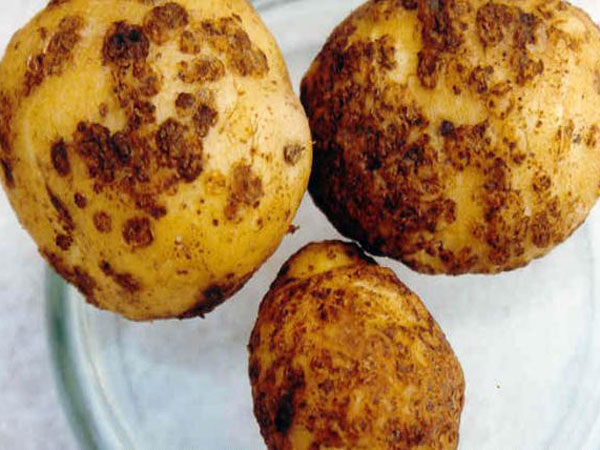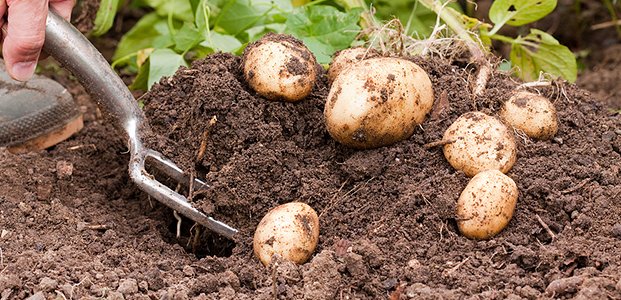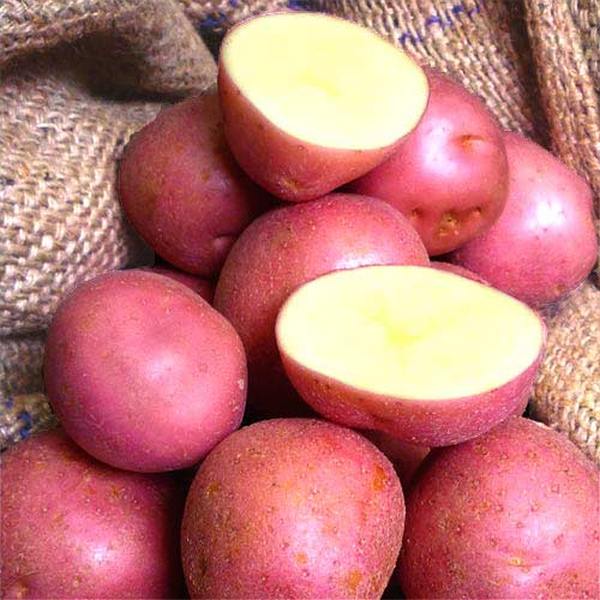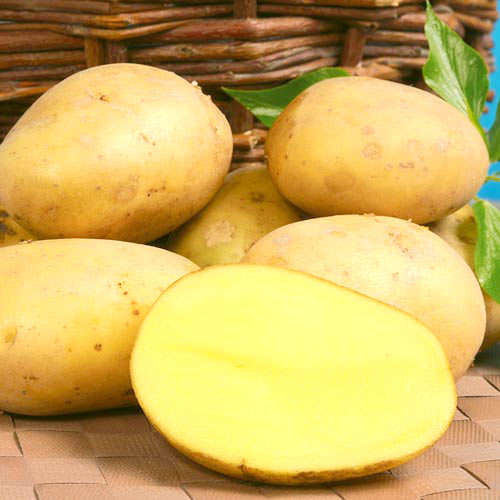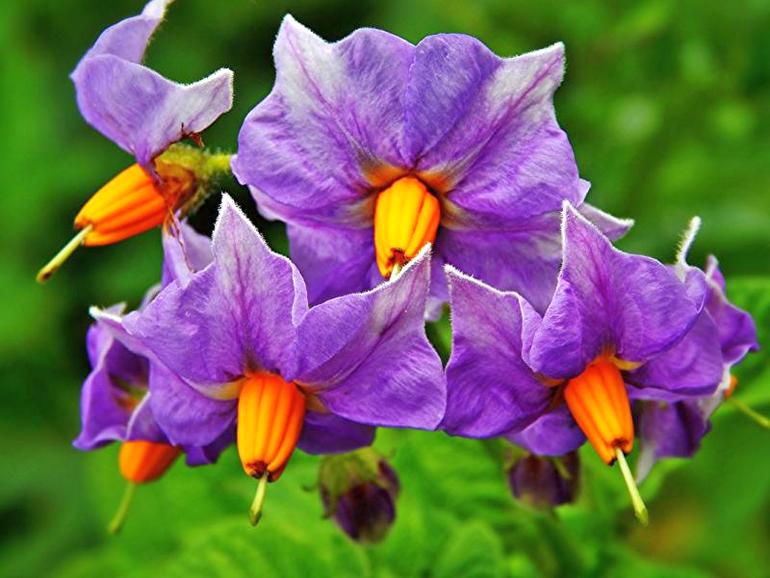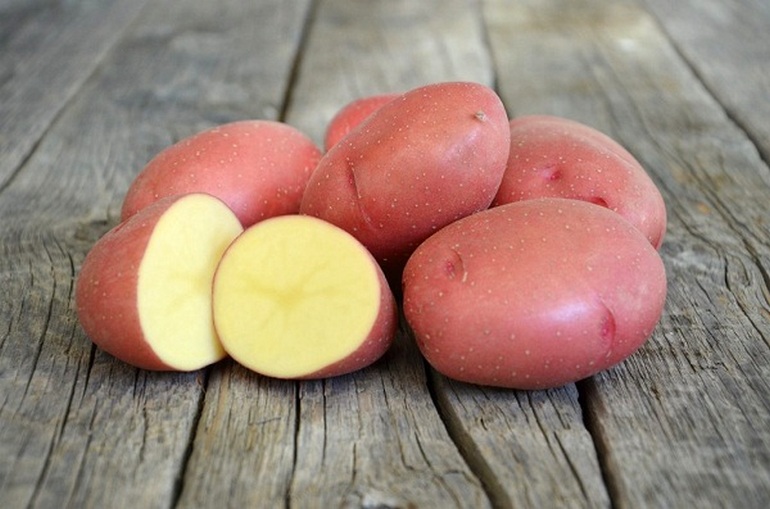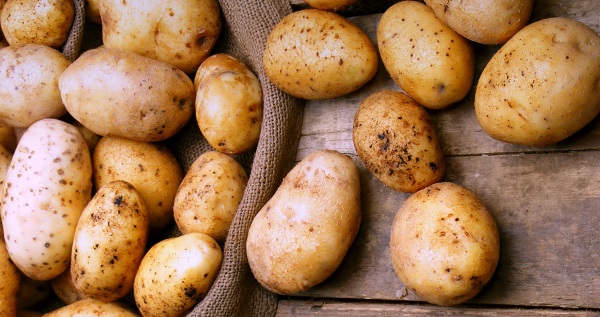This variety was bred by Dutch breeders, in Russia "Alenka" was entered into the State Register after several years of successful cultivation. Among the characteristics are early maturity and high yield of the variety. In less than two months, the tubers have time to ripen and accumulate a large amount of vitamins and minerals. Let's consider in detail the description of the early Alena potatoes.
Description of the variety
The culture was bred at the A.G. Lorkha. Siberian breeders managed to get potatoes that are maximally adapted for growing in regions with extreme climates.
Alena potatoes are an early variety, harvesting begins 45-55 days after germination. The plant is low, spreading, leaves of a rich green color with slight waviness at the edges, flowers of a milky shade. Alena's tubers are large, oval, weighing from 150 to 200 gr. The peel on the tubers is smooth, thin, pink, and the flesh is creamy.
A productive variety - 15-20 tons are harvested from 1 hectare, with favorable factors you can get 45 tons per hectare. 6-9 tubers of the same size ripen on one bush. The variety is suitable for industrial and private cultivation. Potatoes are unpretentious to weather conditions, so a good harvest can be obtained even in the Urals, Siberia, and the Far East.
The taste of potatoes is excellent, with a starch content of up to 17%. Tubers can be used for frying, stewing, mashed potatoes, potato soups. In commercial production, a variety of this potato is used to make chips.
Harvesting of this variety is done manually or using specialized equipment. Potato tubers withstand long-distance transportation without loss of quality and have an attractive presentation. The peculiarity of this variety allows you to grow potatoes in arid regions. Under favorable conditions, the crop can be stored with minimal losses for 7-8 months.
Alenka potatoes are resistant to scab, rhizoctonia, cancer. In order to avoid the development of late blight, the plants are treated with copper sulfate or drugs such as "Skor", "Ditan", "Reglon Super" are used.
Benefits of the variety
This varietal potato has the following positive properties:
- high productivity;
- unpretentiousness to the soil;
- high taste parameters;
- long-term storage;
- plants of this potato variety can withstand adverse weather;
- the variety is resistant to major diseases;
- seeds can be obtained from harvested crops.
Potato bushes of this species are affected by the golden cyst nematode. To prevent this from happening, experts recommend observing crop rotation, removing plant residues in the fall, and treating the soil with Nematorin.
Growing
Timing
The tubers are planted after the soil has warmed up to +8 degrees. In the southern regions, the planting time falls on the beginning of April, in the middle lane it is the end of April or the first week of May. In the Urals and Siberia, potato tubers are planted in mid or late May. It should be borne in mind that the culture does not tolerate negative temperatures.
A place
Choose an open, sunny space without drowning and surface groundwater.Good precursors for potatoes are peas, phacelia, white mustard, zucchini, cucumbers, beets, and garlic. Before planting, the site is dug up on a bayonet, weeds are removed.
Tuber preparation
A month before planting in open ground, the seeds are placed in a warm room. For sprouts to appear, a temperature of + 12–16 ° C is required. The potatoes are turned over twice a month.
Landing
The seeding depth is 7-8 cm, half a glass of wood ash is poured into the hole. The distance between the holes is kept about 30 cm, 60-70 cm are left in the rows.
Care
The first hilling is carried out when the bushes reach 10 cm, after 14 days the procedure is repeated. The plantings are weeded and moistened. Especially moisture is needed during budding and flowering. Dig out the ripe tubers on day 50, as soon as the tops begin to turn yellow.
This variety has proven itself on the positive side, its main advantages are high yield, excellent taste and the ability to grow in many regions of our country.


